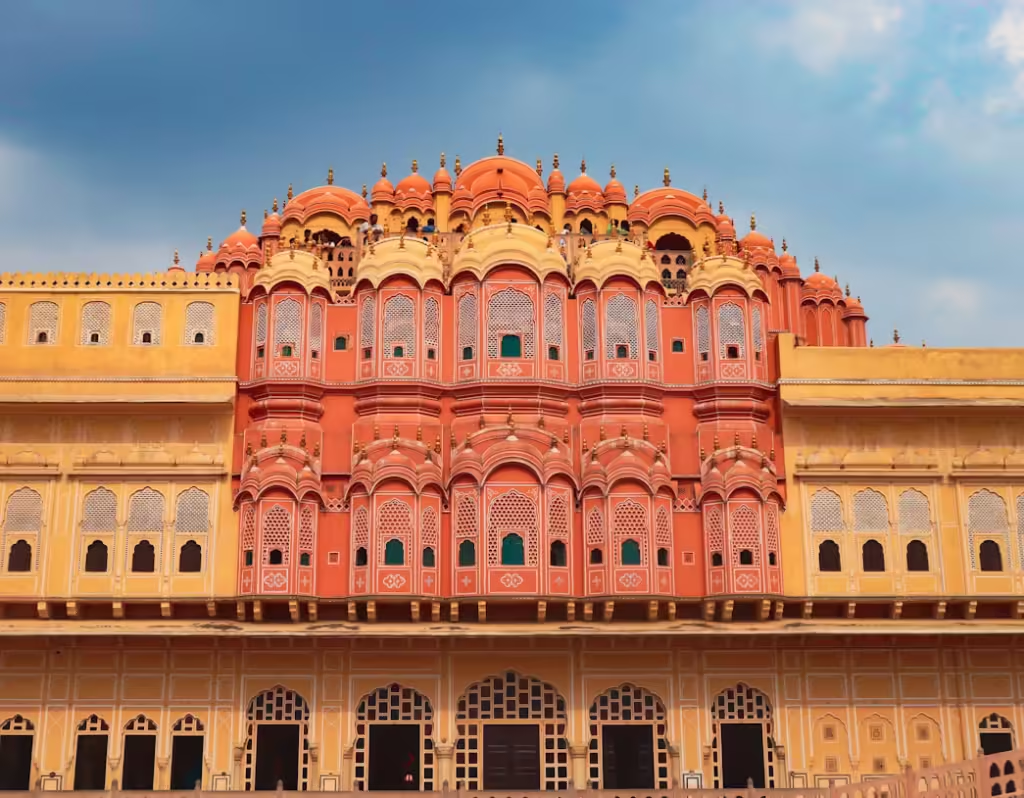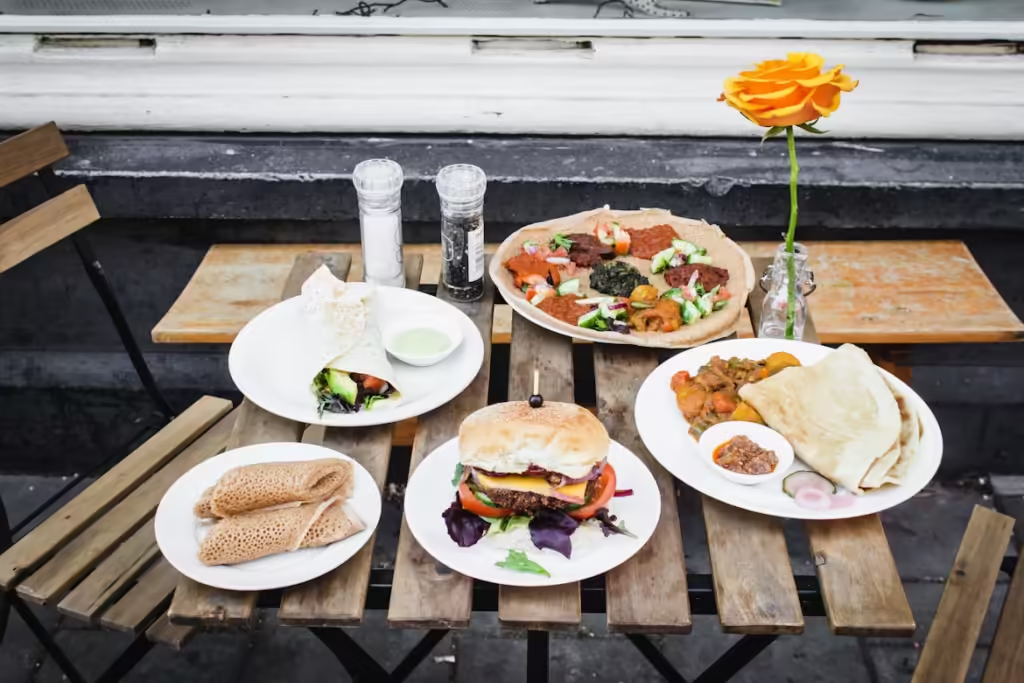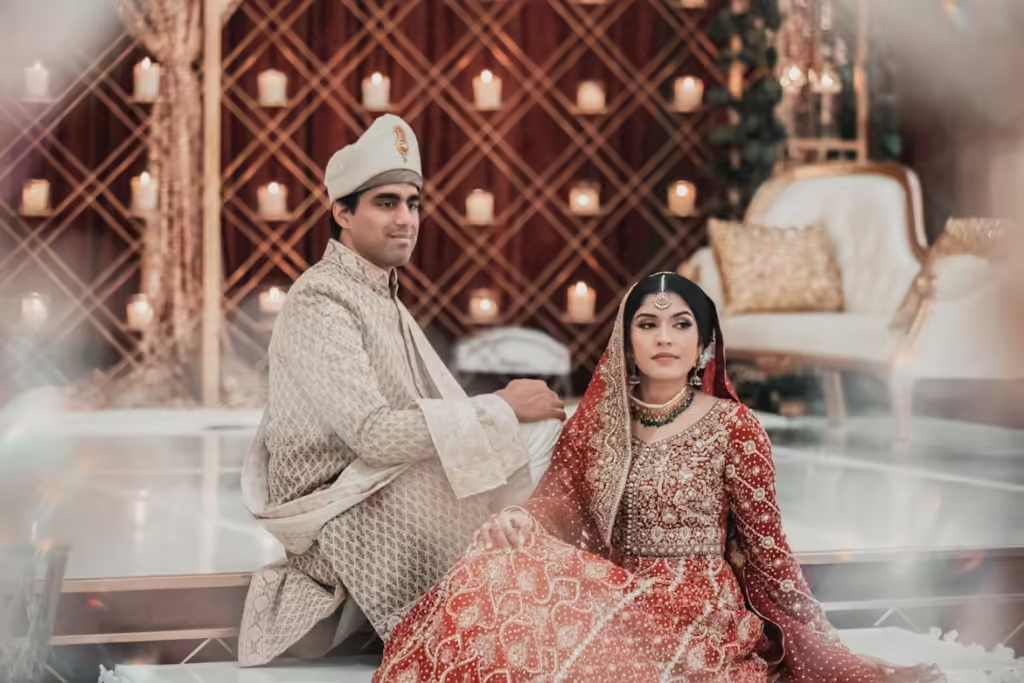Exploring the Rich Tapestry of Indian Culture
India, a land of ancient history and diverse heritage, is a living testament to the confluence of various cultures, traditions, and philosophies. Its culture is one of the world’s oldest, enriched by centuries of trade, conquest, and spiritual evolution. To understand Indian culture is to embark on a journey through time, delving into the intricate tapestry woven by its people, practices, and beliefs. This blog aims to explore the multifaceted aspects of Indian culture, including its history, arts, festivals, languages, and more.
Historical Roots
Indian culture’s origins can be traced back to the Indus Valley Civilization (circa 3300–1300 BCE), one of the world’s earliest urban cultures. This civilization, which flourished in the northwestern regions of South Asia, laid the foundation for subsequent cultural developments. The Vedic period (circa 1500–500 BCE) introduced the Vedas, ancient texts that form the basis of Hindu philosophy, rituals, and social structure.

The subsequent centuries saw the rise of major empires like the Mauryas, Guptas, and Mughals, each contributing to India’s cultural and architectural heritage. Ashoka the Great, a Mauryan emperor, played a pivotal role in spreading Buddhism across Asia. The Gupta period, often referred to as the Golden Age of India, witnessed advancements in science, literature, and art.
Religious Diversity
India is home to some of the world’s major religions, including Hinduism, Buddhism, Jainism, and Sikhism, all of which originated here. Hinduism, the dominant religion, is characterized by a pantheon of deities, rituals, and a philosophy that encompasses diverse beliefs and practices. It emphasizes the concepts of dharma (duty/ethics), karma (action and its consequences), and moksha (liberation from the cycle of rebirth).

Buddhism, founded by Siddhartha Gautama (the Buddha), advocates the Middle Way, emphasizing ethical conduct, meditation, and wisdom as paths to enlightenment. Jainism, contemporaneous with early Buddhism, preaches non-violence (ahimsa) and asceticism as means to spiritual liberation. Sikhism, established by Guru Nanak in the 15th century, focuses on devotion to one God, social equality, and community service.
Islam and Christianity also have significant followings in India. The influence of Islam is particularly evident in Indian architecture, music, and cuisine, while Christianity has contributed to the country’s educational and healthcare systems.
Languages and Literature
India’s linguistic diversity is unparalleled, with the Constitution recognizing 22 official languages, including Hindi, Bengali, Telugu, Marathi, Tamil, and Urdu. Additionally, hundreds of dialects are spoken across the country. Sanskrit, an ancient language of the Indo-European family, is the classical language of Hindu scriptures and literature.
Indian literature boasts a rich tradition dating back to the Vedic hymns. Epic poems like the Mahabharata and the Ramayana are central to Hindu culture, offering profound insights into human nature, ethics, and philosophy. Classical Tamil literature, exemplified by works like the Tirukkural, explores themes of virtue, wealth, and love. Medieval Indian literature flourished with the devotional (Bhakti) movement, producing lyrical poetry and songs dedicated to various deities.
In modern times, Indian authors have gained international recognition. Rabindranath Tagore, who wrote in Bengali and English, became the first non-European to win the Nobel Prize in Literature. Contemporary writers like Salman Rushdie, Arundhati Roy, and Jhumpa Lahiri have further enriched global literature with their unique voices and narratives.
Art and Architecture
Indian art and architecture reflect the country’s historical and cultural diversity. Ancient cave paintings at sites like Bhimbetka and Ajanta showcase early artistic expression. Hindu temple architecture, with its intricate carvings and towering gopurams (gateways), can be seen in temples like Khajuraho and Meenakshi.

Islamic architecture, introduced during the medieval period, brought new styles and techniques. The Taj Mahal, a UNESCO World Heritage Site, epitomizes Mughal architecture with its symmetry, minarets, and exquisite inlay work. Indo-Islamic architecture also influenced numerous forts, palaces, and mosques across India.
Indian classical dance forms, such as Bharatanatyam, Kathak, Odissi, and Kathakali, are deeply rooted in ancient traditions and often depict mythological stories through expressive gestures and movements. These dances, along with classical music traditions like Hindustani and Carnatic music, form an integral part of India’s cultural heritage.
Festivals and Celebrations
India’s calendar is filled with festivals, reflecting its cultural and religious plurality. Each festival, whether celebrated nationally or regionally, brings communities together in a spirit of joy and solidarity.

- Diwali: Known as the Festival of Lights, Diwali celebrates the victory of light over darkness and good over evil. It involves lighting oil lamps, bursting fireworks, and exchanging sweets.
- Holi: The Festival of Colors, Holi marks the arrival of spring and is celebrated by throwing colored powders and water at each other. It also signifies the victory of good over evil.
- Eid: Muslims across India celebrate Eid al-Fitr and Eid al-Adha with prayers, feasts, and charitable activities. Eid al-Fitr marks the end of Ramadan, while Eid al-Adha commemorates the willingness of Ibrahim (Abraham) to sacrifice his son in obedience to God.
- Christmas: Christians in India celebrate Christmas with midnight mass, carol singing, and festive meals, emphasizing the themes of peace and goodwill.
- Navratri and Durga Puja: These festivals honor the goddess Durga and involve elaborate rituals, music, dance, and cultural performances. Navratri is particularly famous for the Garba dance in Gujarat.
- Pongal and Makar Sankranti: These harvest festivals, celebrated primarily in the southern and western states, mark the beginning of the harvest season. They involve traditional dances, songs, and feasts.
Cuisine
Indian cuisine is as diverse as its culture, with each region offering distinct flavors, ingredients, and cooking techniques. The use of spices is a hallmark of Indian cooking, creating complex and aromatic dishes.

- North Indian Cuisine: Characterized by rich curries, tandoori dishes, and bread like naan and roti. Popular dishes include butter chicken, kebabs, and biryani.
- South Indian Cuisine: Known for its use of rice, coconut, and tamarind. Staples include dosa, idli, sambar, and rasam.
- East Indian Cuisine: Features a variety of fish dishes, as well as sweets like rasgulla and sandesh.
- West Indian Cuisine: Varies from the spicy curries of Goa to the vegetarian thalis of Gujarat. Maharashtrian cuisine includes dishes like vada pav and pav bhaji.
Street food, such as chaat, pani puri, and samosas, is an integral part of Indian culinary culture, offering quick and flavorful bites that reflect the diversity of the local ingredients and tastes.
Traditional Clothing
Indian attire varies by region, climate, and cultural influences, yet certain garments are universally recognized symbols of Indian identity.

- Sari: A long piece of cloth draped elegantly around the body, typically worn by women. The style of draping and the fabric vary across regions.
- Salwar Kameez: A comfortable and versatile outfit consisting of a tunic (kameez) and trousers (salwar), often accompanied by a dupatta (scarf).
- Lehenga Choli: A traditional outfit worn during festivals and weddings, comprising a long skirt (lehenga), blouse (choli), and dupatta.
- Dhoti and Kurta: Traditional attire for men, with the dhoti being a long piece of cloth wrapped around the waist and legs, and the kurta being a long tunic.
- Sherwani: A formal garment worn by men on special occasions, characterized by its close-fitting, knee-length coat.
These traditional outfits are often adorned with intricate embroidery, beadwork, and other embellishments, reflecting India’s rich textile heritage.
Yoga and Spirituality
India is the birthplace of yoga, a practice that combines physical postures, breath control, and meditation to promote physical, mental, and spiritual well-being. The philosophy of yoga is rooted in ancient Indian scriptures like the Upanishads and the Bhagavad Gita. Patanjali’s Yoga Sutras, composed around the 2nd century BCE, codified the practice into an eight-limbed path, encompassing ethical guidelines, physical exercises, and meditation techniques.

Meditation practices such as Vipassana, transcendental meditation, and mindfulness have gained global popularity, with their roots deeply embedded in Indian spiritual traditions. The teachings of Indian spiritual leaders like Swami Vivekananda, Paramahansa Yogananda, and Maharishi Mahesh Yogi have significantly influenced the global understanding of spirituality and self-realization.
Modern Indian Culture
Contemporary Indian culture is a vibrant blend of tradition and modernity. The country has made significant strides in various fields, including science, technology, arts, and sports, while maintaining a strong connection to its cultural roots.

Cinema and Entertainment
Indian cinema, particularly Bollywood, is a major cultural export, known for its elaborate song-and-dance sequences and melodramatic storylines. Bollywood films often reflect societal issues and aspirations, and stars like Amitabh Bachchan, Shah Rukh Khan, and Priyanka Chopra enjoy immense popularity. Regional film industries, such as Tollywood (Telugu) and Kollywood (Tamil), also produce critically acclaimed and commercially successful movies.
Technology and Innovation

India’s technological landscape has transformed dramatically over the past few decades, with the country emerging as a global leader in information technology and software services. Cities like Bangalore and Hyderabad are now major tech hubs, hosting numerous multinational corporations and startups. Indian innovators and entrepreneurs are making significant contributions to fields like artificial intelligence, biotechnology, and space exploration.
Social Change and Challenges
India is also grappling with various social challenges, including poverty, gender inequality, and environmental degradation. Efforts to address these issues are underway, with numerous non-governmental organizations (NGOs) and activists working tirelessly to promote education, women’s empowerment, and sustainable development. The Indian government has also launched initiatives like Swachh Bharat (Clean India) and Beti Bachao Beti Padhao (Save the Girl Child, Educate the Girl Child) to address these critical issues.
Conclusion
Indian culture is a dynamic and ever-evolving phenomenon, deeply rooted in its ancient heritage while embracing modernity and innovation. Its diversity is its strength, fostering a rich exchange of ideas, practices, and traditions. As India continues to grow and evolve, its cultural legacy will undoubtedly remain a source of inspiration and pride for generations to come.
The beauty of Indian culture lies in its ability to adapt and transform while preserving the essence of its heritage. Whether through its festivals, arts, cuisine, or spiritual practices, Indian culture offers a unique and enriching experience that resonates with people around the world.
For more interesting blogs and information visit infopediaonline.com
This post is exactly what I was looking for. You’ve addressed all the questions I had and provided clear, actionable advice.
Thank you